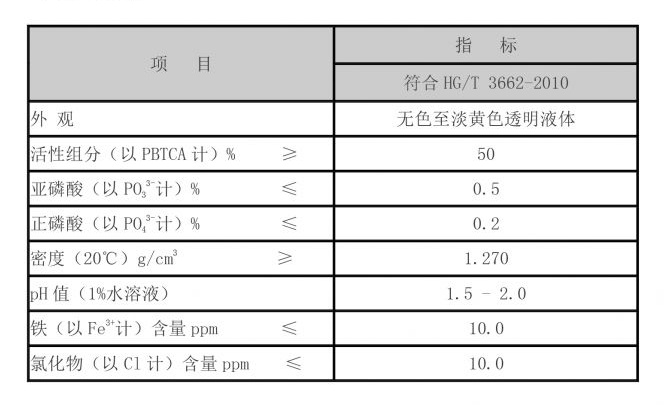hydrolyzed polymaleic anhydride
Understanding Hydrolyzed Polymaleic Anhydride Properties, Applications, and Benefits
Hydrolyzed polymaleic anhydride (HPMA) is a synthetic polymer characterized by its versatile applications in various industries. This polymer is derived from maleic anhydride, a cyclic anhydride used extensively in the production of resins, coatings, and other chemical intermediates. The hydrolysis process of polymaleic anhydride transforms its structure, producing a more hydrophilic product that exhibits distinct properties beneficial for a range of applications.
Properties of Hydrolyzed Polymaleic Anhydride
HPMA is known for its excellent solubility in water, a trait that significantly enhances its functional utility compared to its non-hydrolyzed counterparts. The hydrolysis alters the maleic anhydride chains into carboxylic acid groups, imparting a negative charge that enhances the polymer's ability to interact with various substances. This increased interaction leads to improved binding capabilities, making HPMA a critical component in many formulations.
Moreover, HPMA has a relatively low molecular weight, enabling it to penetrate various matrices effectively. Its linear structure provides advantageous flow properties, making it suitable for applications where texture and consistency are crucial. The thermal stability of HPMA allows it to maintain its integrity under varying temperature conditions, further broadening its applications.
Applications of Hydrolyzed Polymaleic Anhydride
One of the primary uses of HPMA is in the water treatment industry. Its chelating properties enable it to effectively sequester metal ions and control scale formation in cooling towers, boilers, and other water systems. By preventing the deposition of minerals, HPMA contributes to the operational efficiency of industrial water systems, hence reducing maintenance costs and prolonging equipment lifespan.
In addition to water treatment, HPMA finds usage in the oil and gas industry. Its ability to reduce viscosity in drilling fluids enhances the efficiency of the drilling process. This characteristic is essential for lowering energy costs and improving the rate of penetration during drilling. Furthermore, HPMA acts as a dispersant, helping to maintain the stability of mud systems, thereby preventing the aggregation of particles that can lead to operational challenges.
hydrolyzed polymaleic anhydride

Another significant application of hydrolyzed polymaleic anhydride is in the formulation of personal care products. The polymer's film-forming and thickening properties lend themselves to cosmetics and skincare formulations, improving the overall texture and application experience for consumers. Additionally, its mild nature makes it suitable for sensitive skin formulations, thereby enhancing the safety and performance of these products.
Benefits of Hydrolyzed Polymaleic Anhydride
The use of HPMA offers numerous benefits across its applications. Firstly, the polymer is relatively environmentally friendly, especially in comparison to other synthetic polymers. As it effectively reduces the need for harsh chemicals in water treatment and other applications, it represents a sustainable choice for industries focusing on environmental stewardship.
Secondly, HPMA can lead to significant cost savings. In water treatment, for instance, preventing scale build-up can result in lower energy consumption and reduced maintenance expenses, translating into considerable financial benefits over time. In personal care products, the polymer enhances product performance, potentially increasing customer satisfaction and brand loyalty, which is invaluable in such a competitive market.
Moreover, the versatility of HPMA allows for its use in formulating customizable products tailored to specific needs. This adaptability benefits manufacturers and formulators, as they can modify and tweak formulations to better meet consumer demands or compliance standards without compromising performance.
Conclusion
Hydrolyzed polymaleic anhydride stands out as a valuable polymer with varied applications spanning across industries from water treatment to personal care. Its unique chemical properties provide it with advantages like solubility, thermal stability, and binding capabilities that not only enhance performance but also contribute to cost-effectiveness and environmental sustainability. As technological advancements and industrial needs evolve, the role of HPMA will likely expand, showcasing its potential in innovative formulations and applications, thus solidifying its importance in modern chemistry and industry.
-
Water Treatment with Flocculant Water TreatmentNewsJun.12,2025
-
Polymaleic AnhydrideNewsJun.12,2025
-
Polyaspartic AcidNewsJun.12,2025
-
Enhance Industrial Processes with IsothiazolinonesNewsJun.12,2025
-
Enhance Industrial Processes with PBTCA SolutionsNewsJun.12,2025
-
Dodecyldimethylbenzylammonium Chloride SolutionsNewsJun.12,2025





